Bárcena de Pie de Concha

In the interior of Cantabria, in settings where mountains and meadows voluntarily give themselves up to a happy marriage, always on the verge of superb natural depressions, on whose peaks bears and wolves lived for countless generations, there are towns, whose picturesque essence and whose art, Also, they attract not only the attention, but the love, both of travelers and pilgrims of all time.
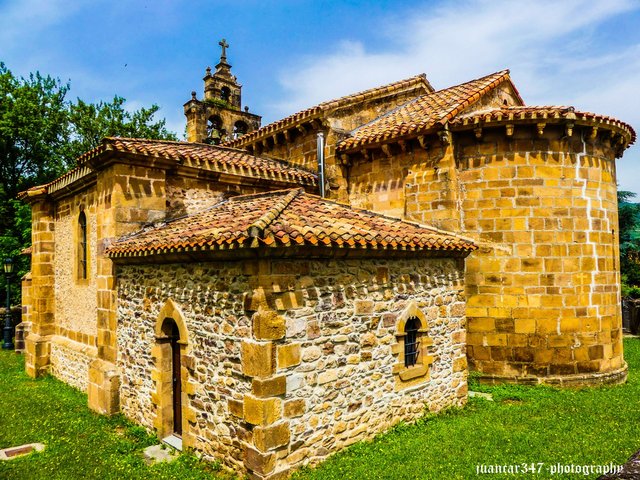
Bárcena de Pie de Concha, is not only one of them, but also still preserves numerous ancestral traditions, which, added to its magnificent rural architecture and the presence of a magnificent 12th century Romanesque church, dedicated to the always surprising figures -and here is what is significant- of the twin doctors, San Cosme and San Damián, invite speculation.
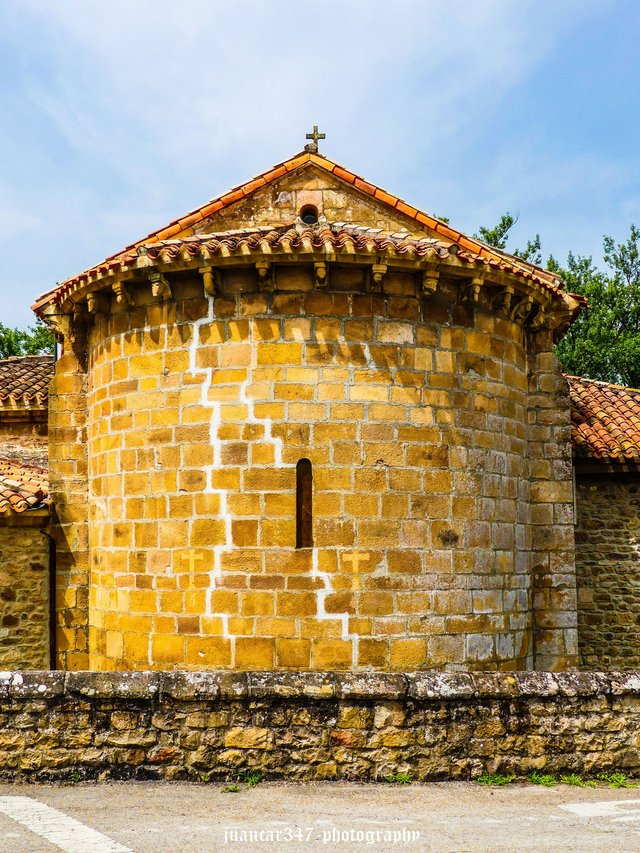
Because, let us not forget, that these two figures of the Golden Legend of Christianity, came to signify those two figures, eminently complementary, such as the doctor who diagnoses and the pharmacist who elaborates and distributes the remedies, taking advantage of the great knowledge that man medieval possessed of the fabulous pharmacopoeia of the nature of the environment.
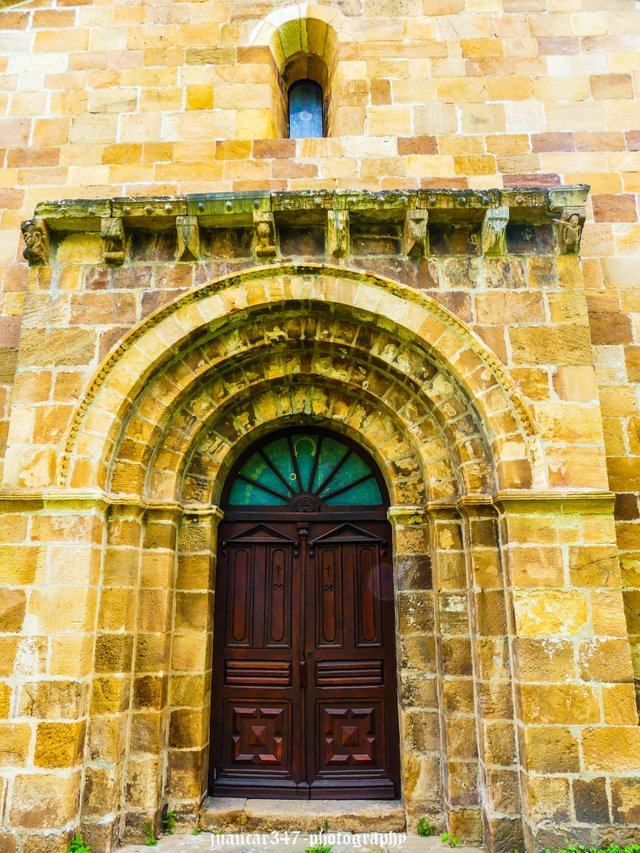
Being located not far from Reinosa and the district of Aguilar de Campoo, on the border with the plateau lands of Palencia, it was also one of those itineraries followed by the influx of pilgrims who arrived at the rugged coasts of the Cantabrian Sea, following some itineraries previously marked out by those rediscoverers of sacred places, who, without a doubt, were the industrious Benedictine monks, under whose advice and patronage, the places that would help those on their transcendental journey were traced: hermitages, churches and monasteries, that not only helped the pilgrim on his way, but also provided him with keys and sufficient knowledge to make his trip an unforgettable learning experience.
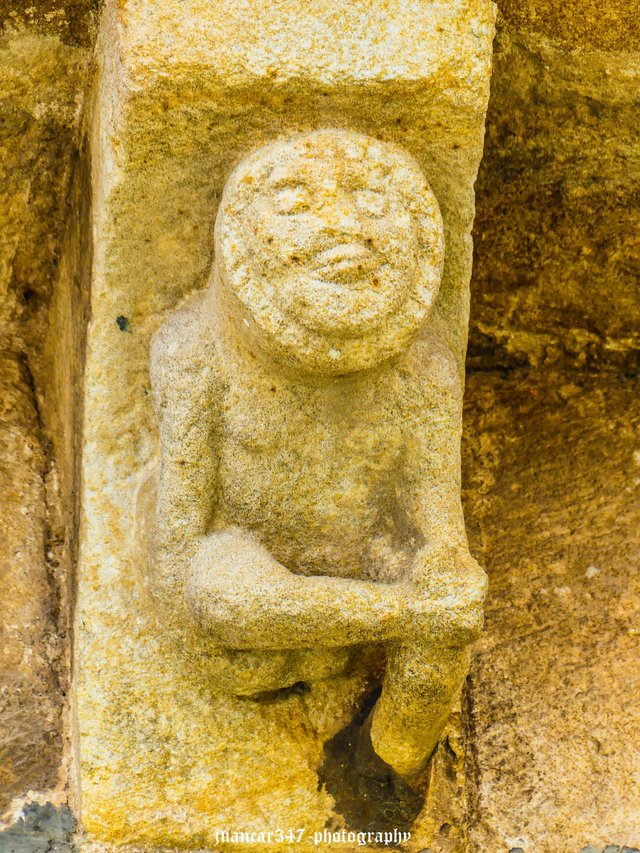
Although modified in successive periods, where fashions and this lack of sensitivity towards previous architectures, it seems that they had put an end to some stonework, where mastery and, above all, true craftsmanship, placed the set of temples within a sacred geometry in which nothing was left to chance and everything had a predetermined meaning, the Romanesque temple of Bárcena de Pie de Concha -attention, moreover, to the name, which is not wasted, since that 'shell foot' not only refers to the distinctive element of the medieval pilgrim, the shell or scallop, but also, in its shape one can already guess one of the transcendental symbols of the Way of the Stars, such as the goose's foot- still constitutes one of the most Significant of those mysterious brotherhoods of stonemasons or masons, which, arising in Trasmiera and taking advantage of the knowledge of those others who came, above all, from free lands, left an artistic and cultural legacy of the first magnitude.
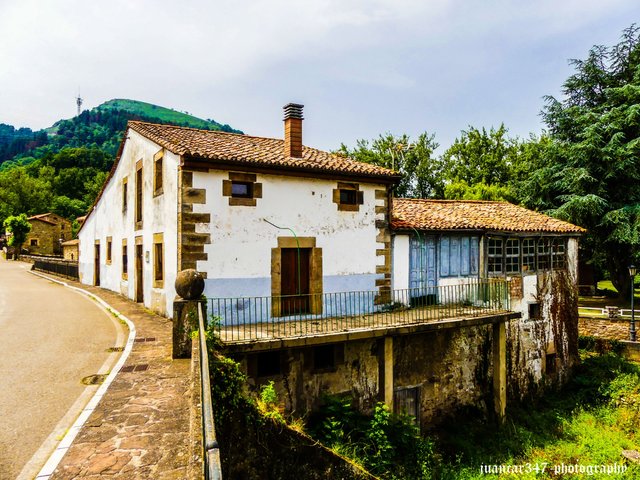
It should not surprise us, therefore, taking all this as a basis, to see, in numerous of its sculptural details, references to that primordial learning that not only the faithful, but also the pilgrim, found throughout the countless stages that formed the primordial basis of his path to the tomb of the Apostle Santiago and among them, that reference to the effort, to the suffering that it costs to reach knowledge and transcendentality, reflected in those thorns -the famous sculpture of the 'spinarium', very present in the temples that mark out the pilgrimage routes- that encouraged to continue, since it was true and continues to be, that there is a prize without its corresponding suffering.

But Bárcena de Pie de Concha is also a redoubt where Tradition, above all, based on ancient Celtic mythology, still has, after centuries, the acquiescence of a people, not only proud of its ancient roots, but also In addition, a guardian, to the point that we should not be surprised that the ancient legends about ‘xanas’ or water nymphs still have enough attractive force to be present in the main places of leisure and restoration, like the Disco-Pub, which, located on the banks of the Torino river, bears the name 'La Anjana' and its emblem is a beautiful nymph, with traditional blonde hair, caressing an ancient funerary and solar stele with her delicate hands.
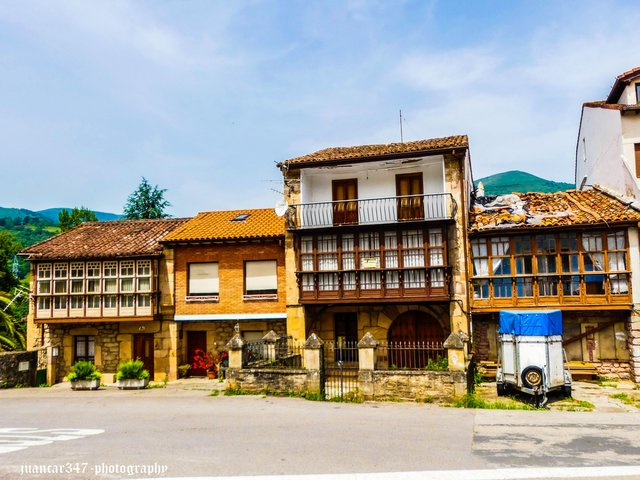
It also runs through the nearby Mount Janus - an unequivocal reference to the two-faced Roman god, adopted by Christianity in the figures of the two Johns, the Baptist and the Evangelist, who, respectively, mark the summer and winter solstices - the fabulous legend of 'the Cantabrian warrior': a powerful warrior-woman, whose story, deep down, is very similar to those of other Celtic heroines, such as the famous and historical queen Boudicea or Boudica, whose warrior rage put in check to cities like London.
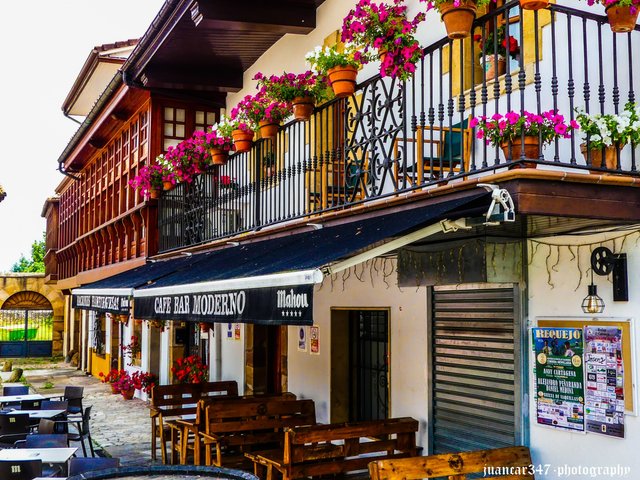
In short: not only is this an eminently charming and picturesque place, with a lot of legend and tradition behind it, but also, in front of a settlement, in the heart of Cantabria's nature, worthy of the most enveloping and exciting of adventures.
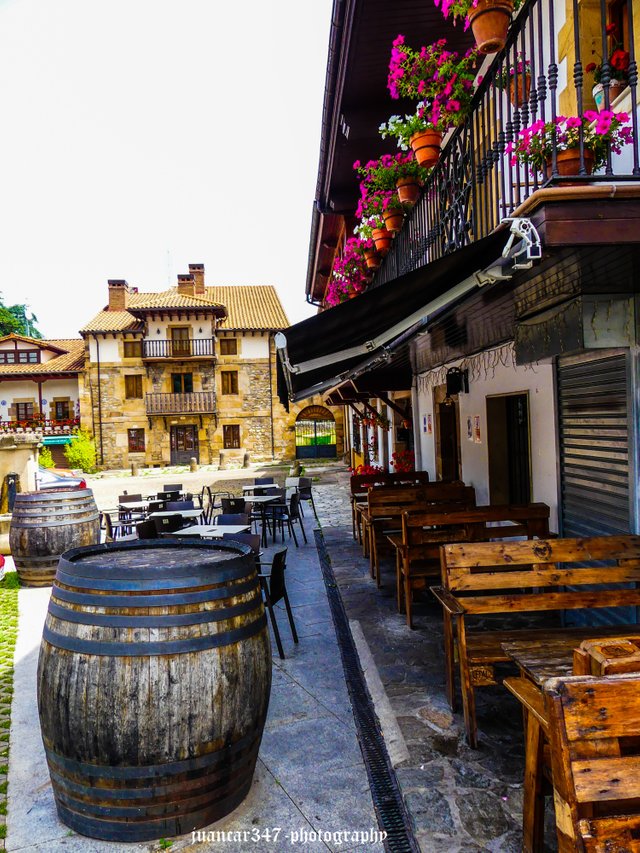
RELATED MOVIE:
NOTICE: Both the text and the photographs that accompany it, as well as the video that illustrates it, are my exclusive intellectual property and, therefore, are subject to my Copyright.
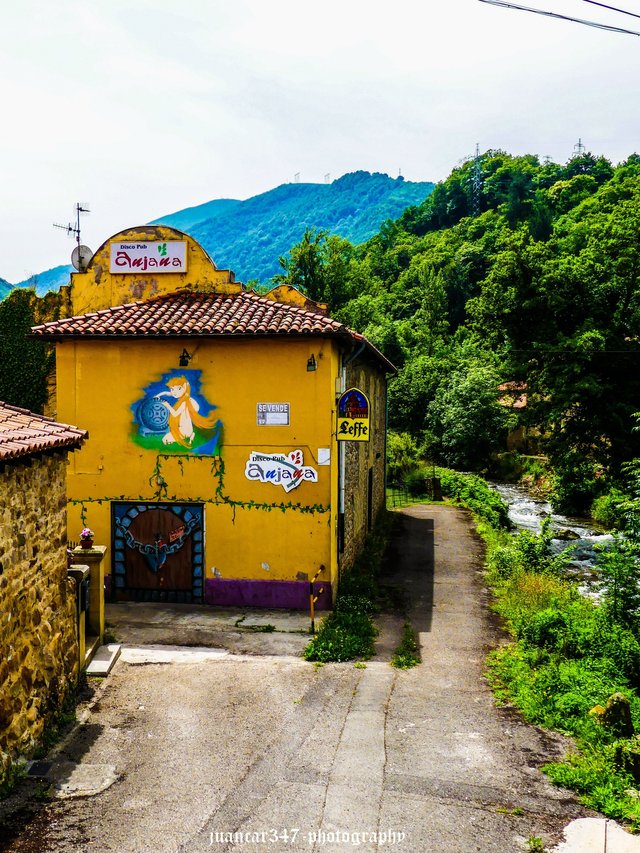
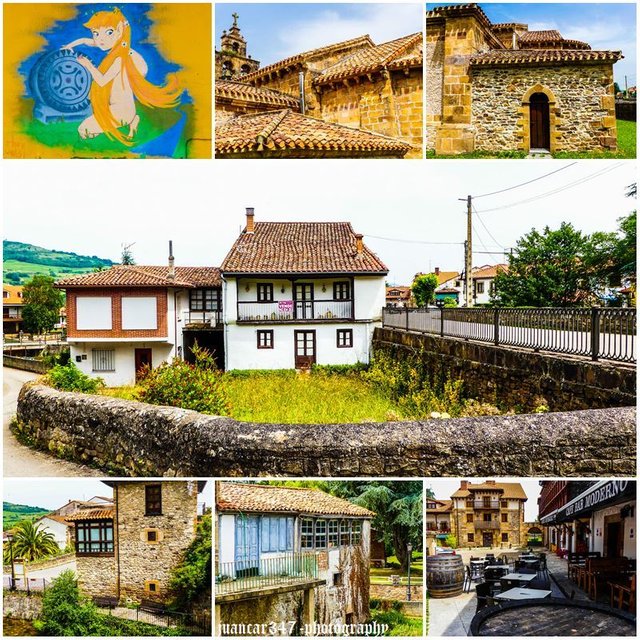
Your post has been rewarded by the Seven Team.
Support partner witnesses
We are the hope!
Thank-you very much
Congratulations @juancar347! You received the biggest smile and some love from TravelFeed! Keep up the amazing blog. 😍 Your post was also chosen as top pick of the day and is now featured on the TravelFeed.io front page.
Thanks for using TravelFeed!
@for91days (TravelFeed team)
PS: Why not share your blog posts to your family and friends with the convenient sharing buttons on TravelFeed.io?